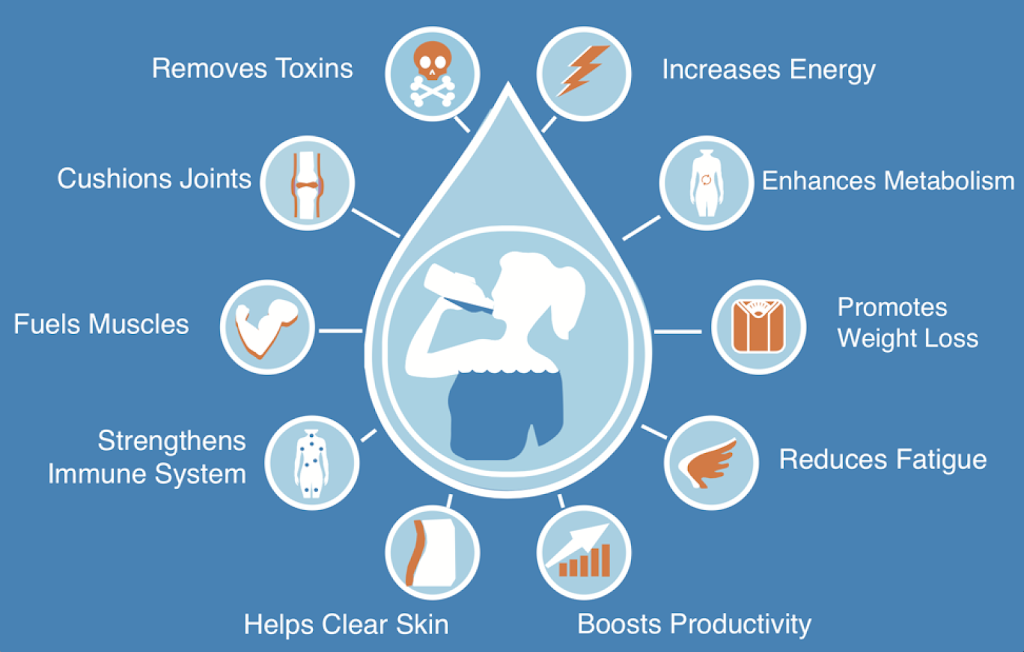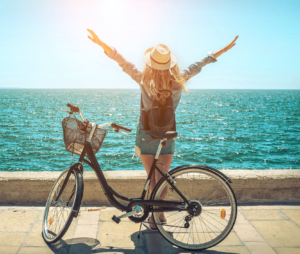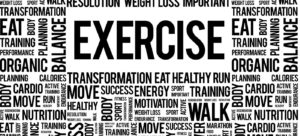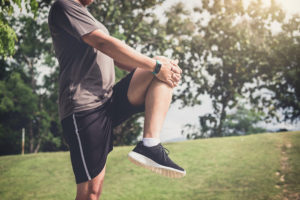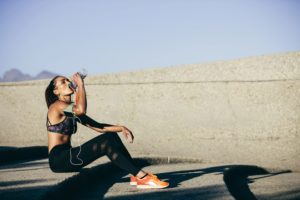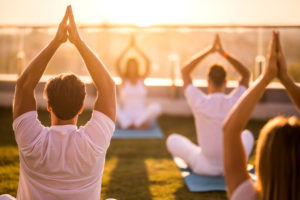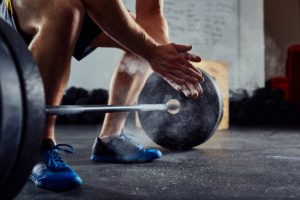Water is one of the most essential components of the human body – important for healthy bodies, athletic performance, energy, digesting food, functioning joints, and so much more. We need to have fluid balance in order to perform optimally. Fluid balance means consuming the same amount of water as you lose during the day. Water is typically lost through sweating, eliminating waste, and when exhaling during breathing.
What is Dehydration?
Maintaining good, steady hydration means you shouldn’t feel thirsty, ever. You are already dehydrated if you get thirsty, having lost between 1-2% of your body weight in fluids. And if you’re in the middle of physical activity, you can’t recover that hydration quickly enough meaning your performance is already suffering. Dehydration is the loss of water and electrolytes from the body to the degree that it impairs body functions. The best way to combat dehydration is to avoid it by being proactive and staying hydrated. Signs of dehydration include:
- Thirst and dry mouth
- Darker urine
- Fatigue
- Flushing of the skin
- Elevated body temperature
- Increasing breathing rate
- Elevated pulse
Dehydration can lead to decreased performance during a workout. You’ll begin to feel fatigued and as if everything requires more effort than usual. Dehydration triggers muscle cramps, nausea, and headaches which will lead to losing some muscle endurance and strength, effecting your overall performance. The risks of dehydration are greatest during intense physical activity, especially in the heat. For this reason, it is extremely important to be knowledgeable about hydration and to stay hydrated.
Hydration Needs
Generally, the recommended fluid intake for men is 125-130 oz/day (~16 cups) and 91-95 oz/day (~12 cups) for women. The only way to get water in is to consume it, but that doesn’t mean drinking water is the only way. All beverages and foods you consume provide water. Focus on foods that have more water than others, like fruits, vegetables, and cooked grains and beans. Fatty foods provide less water. Typically about 20% will come from foods and the other 80% from beverages. In addition, it’s important to consider factors that change basic fluid needs. You’ll need to increase your baseline fluid intake if you’re in high temperatures, completing intense or longer workouts, or exercising in warm weather conditions.
Hydration Strategies
Achieving a fluid balance is all about taking in enough water with respect to your activity level and environmental condition on a given day.
- Before – A good general rule is to drink about 2 cups of water at least 30 minutes before physical activity. The idead is to get pre-hydrated so you start exercise in a state of having extra fluid and a good electrolyte balance.
- During – Try to drink a cup of water every 15 minutes o help maintain hydration and prevent dehydration
- After – Drink 3 cups of fluid for every pound lost during exercise
While you want to stay hydrated, you don’t want to risk going overboard. If you drink too much, especially plain water without electrolytes, before and even during or after physical activity, you can end up with hyponatremia – low concentrations of sodium in body fluids. In other words, you dilute blood and other fluids until the levels of electrolytes are dangerously low. Like dehydration, hyponatremia can become severe and even fatal. Early signs include:
- Nausea and vomiting
- G.I. distress
- Headaches
- Swelling in the hands and feet
- Confusion and restlessness
While it’s unlikely that in the normal course of trying to hydrate that you will develop severe hyponatremia, it is something to be aware of.
Sports Drinks vs. Water
If you are not exercising intensely, water and a healthy diet are adequate for maintaining good hydration. However, if you’re completing a high-intensity or heavy training session, water doesn’t quite cut it. Electrolytes are the minerals in our bodily fluids that conduct electrical signals and assist in a lot of other important functions. As with fluid balance, you need to maintain a balance between electrolytes in and electrolytes out. When you sweat a lot, you lose water as well as electrolytes; therefore, in any situation where you are performing physical activity, you need to include electrolytes in fluid intake. A good sports drink typically provides what you need for electrolytes during activity. It’s important to ensure the drink also contains 30 to 40 grams of carbs in order to help with the absorption of water and electrolytes.
Infused Water
If you don’t like the taste of plain water, you can get creative to change the flavor. When making these infused waters, you will have to prepare them far in advance. Give it at least 12 hours in order to get the most optimal flavor.
- Lemon and Lime – Slice up one whole lemon and one whole lime and add the slices to your water
- Blackberry and Mint – Add a handful of blackberries and as much mint as you desire
- Raspberry and Lime – Add a handful of raspberries and the slices from a whole lime
- Strawberry and Basil – Slice up a quart of strawberries and as much basil as you desire
-Paulina Le
Health Fitness Specialist

